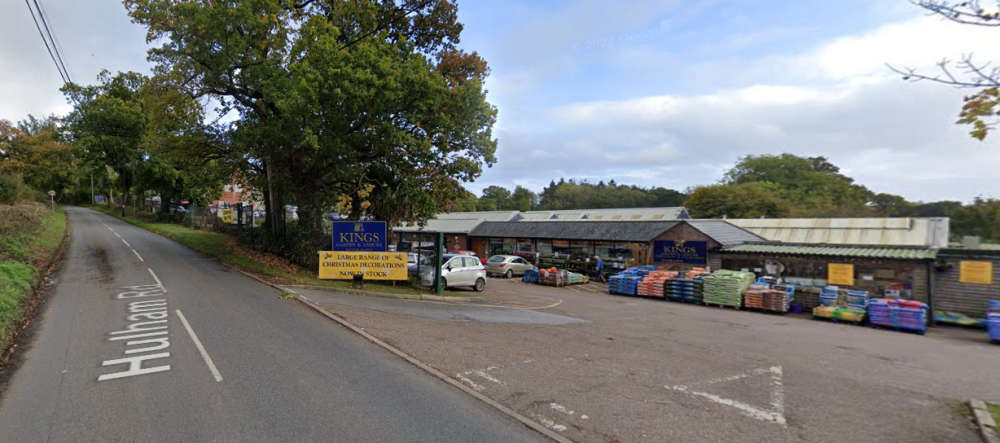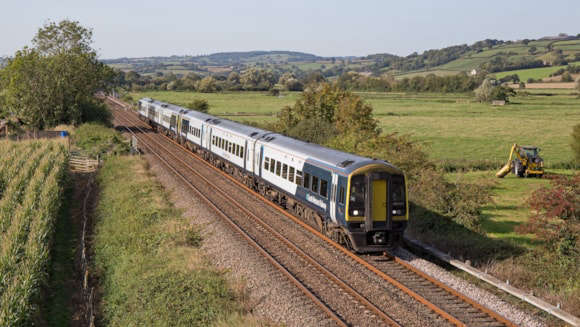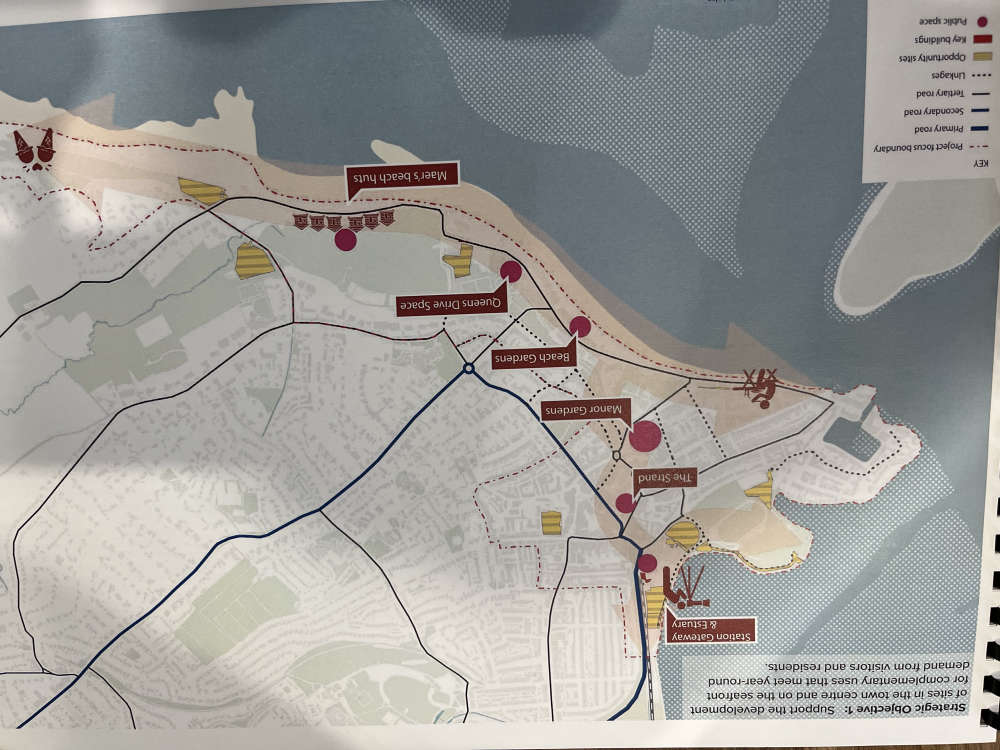
Planners have put conditions on the Hulham Road scheme
Concerns about the ability of Exmouth’s sewers to cope with a plan on the outskirts of the town for up to 75 homes have not been enough to prevent the scheme being approved.
South West Water had sought to reassure members of East Devon’s planning committee that it had conducted a thorough assessment of the sewage network that would deal with foul water from the proposed scheme on land to the north-east of King’s garden & Leisure on Hulham Road.
But in spite of its reassurances, several councillors raised fears about whether the system would truly be able to cope with that number of homes proposed as part of the outline scheme.
Others suggested they wanted a higher proportion than the 25 per cent of affordable homes proposed, while others sought reassurance that the impact on wildlife and ancient trees would be robustly mitigated.
Councillor Geoff Jung (Liberal Democrat, Woodbury & Lympstone) said he was worried about part of South West Water’s assurance.
“I’m concerned with the word ‘should’, as in the system ‘should be able to cope’, and I’m worried because they have only looked at the first 260 metres of pipes from the development, yet there are another three miles of network,” he said.
“And as we have all been made aware over the last couple of years, Exmouth has been on national TV more than once due to sewage spills.”
His fellow ward member, Councillor Ben Ingham, recommended the scheme be refused, partly because he felt the assurances from SWW were “hard to believe”.
He also stressed the site was an ancient meadow that was outside the so-called built-up area boundary, that being the perimeter within which the council wants housing to be built.
Councillor MIke Howe (Independent, Clyst Valley) echoed the sentiment there was “no faith” in SWW.
“With all the facts we know about eExmouth and sewage overflows into the sea in particular, that have been increasing year over year, how can we stand with the SWW response that putting more sewage into a system won’t increase overflows?,” he asked.
“To me, it seems like a contradiction in terms.”
But Ed Freeman, assistant director for planning strategy and development management at East Devon District Council, said while he could “understand member concerns and lack of trust in SWW”, the update from them had come from an in-person meeting with the water company.
“We don’t have contradictory evidence to their evidence, and the company is investing millions of pounds in the town,” he said.
“We have also been conducting a water cycle study and it shows there is some capacity at the Maer Lane treatment works, so we don’t have reason to question SWW.”
Members suggested any approval to the scheme should come with a Grampian order, which would require the council to be provided with evidence that the sewage system could cope with the additional demand prior to any homes on the site being occupied.
Some members expressed frustration that the committee couldn’t insist on a higher proportion of affordable housing at the site – with many asking why the usual 50 per cent for a site outside the built-up area boundary couldn’t be applied.
Resident Andrew Roberts said he felt the potential number of homes was “excessive”, especially given only up to 59 homes are pencilled in on the site in the council’s draft local plan that will decide where homes will go between now and 2042.
He also queried the impact on nature and also questioned whether the proximity of the neighbouring Goodmores site had been properly accounted for.
But planning officers noted that because the council was behind in terms of its five-year housing land supply target, it has to be more lenient in terms of the policies it imposes.
This means the committee has to give less weight to the fact the application is outside the area the council currently wants to build, and also means it can only insist on a lower amount of affordable housing.
In spite of the concerns, the committee voted in favour to approve the scheme, but attached various conditions, including a Grampian condition that will require proof to be presented to the council that drainage capacity is adequate to cope with the additional foul water from the scheme.
The application was only an outline one, meaning the developer will now have to submit a more detailed application, which will include aspects like the exact number of homes, their design and layout on the site
 Public asked for views about Devon libraries
Public asked for views about Devon libraries
 Christmas cancelled in Crownhill
Christmas cancelled in Crownhill
 Hourly services return on Exeter to Waterloo line
Hourly services return on Exeter to Waterloo line
 £1 million Exeter Quay bridge axed
£1 million Exeter Quay bridge axed
 Flags to be removed from Plymouth streets for safety reasons
Flags to be removed from Plymouth streets for safety reasons
 Residents scrutinise Exmouth improvement plan
Residents scrutinise Exmouth improvement plan
